In the Grip of the Spider: Margheriti’s Gothic Thriller
“In the Grip of the Spider” is a 1971 film directed by Antonio Margheriti, a master of Italian genre cinema. Also known internationally as “Web of the Spider,” the film is a remake of Margheriti’s earlier work, “Danza macabra” (1964). This color remake, compared to its black-and-white predecessor, represents an interesting example of how the director managed to reinterpret and modernize his own works. To adapt to the aesthetic and narrative changes of the time.
The film follows the story of Alan Foster, a journalist played by Anthony Franciosa. Foster accepts an apparently harmless challenge: to spend a night in a villa supposedly haunted by ghosts. The villa belongs to Edgar Allan Poe, portrayed by Klaus Kinski, whose presence adds a touch of mystery and gothic authenticity to the narrative.
During the night, Foster finds himself immersed in a series of supernatural events and eerie encounters with spectral figures. Including a fascinating and mysterious woman played by Michèle Mercier. These ghosts, however, are not mere apparitions; they are tied to a dark past of passion, betrayal, and death. The villa thus becomes a labyrinth of terror where reality and illusion blend, trapping the protagonist in a spiral of fear and uncertainty.
Antonio Margheriti, also known by the pseudonym Anthony M. Dawson, is a director who skillfully navigated various genres, from science fiction to horror, always bringing a personal and distinctive vision. In “In the Grip of the Spider,” Margheriti fully exploits the potential of color to create a gothic atmosphere rich in contrasts and disturbing shadows. The cinematography, by Riccardo Pallottini, plays a crucial role in constructing the oppressive and claustrophobic environment of the villa.
The director also uses special effects and elaborate sets to bring the ghosts and spectral visions to life. Still maintaining high tension and a sense of wonder. The soundtrack by Riz Ortolani further immerses the viewer in an atmosphere of suspense and mystery.
The film boasts a cast of well-known and talented actors. Anthony Franciosa delivers a convincing performance as the skeptical journalist who faces the unknown. Klaus Kinski, with his magnetic presence and penetrating gaze, perfectly embodies Edgar Allan Poe, giving the character an aura of unsettling genius.
Michèle Mercier, famous for her role as Angelique in the eponymous series, portrays a fascinating and complex female character, adding an emotional dimension to the plot. The supporting cast, including actors like Peter Carsten and Silvano Tranquilli, helps create a set of memorable and well-characterized characters.
“In the Grip of the Spider” is a film that deserves to be rediscovered and appreciated not only by horror film enthusiasts but also by anyone interested in gothic and genre cinema. Antonio Margheriti once again demonstrates his mastery in creating atmospheres dense with tension and mystery. Thus offering a work that, despite being a remake, manages to surprise and engage the viewer.
The film represents a significant example of the Italian cinema’s ability to reinterpret and innovate the canons of thriller and horror. Also able to keep alive the narrative and visual tradition of the gothic. “In the Grip of the Spider” remains an important piece in Margheriti’s filmography and a valuable contribution to the landscape of 1970s genre cinema.
Watch the movie on Movieitaly+
Read more articles over here!


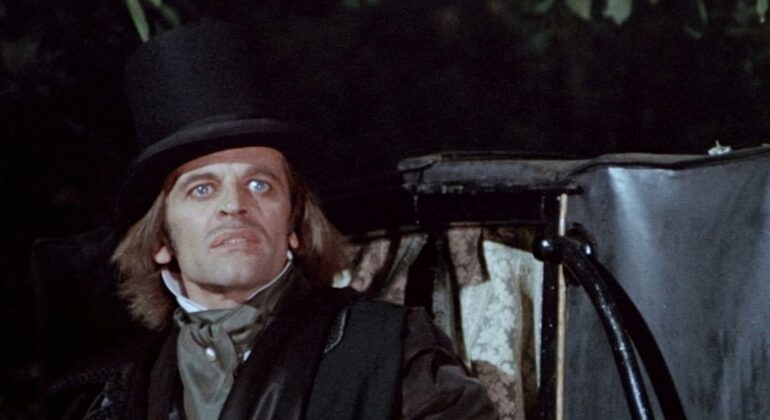
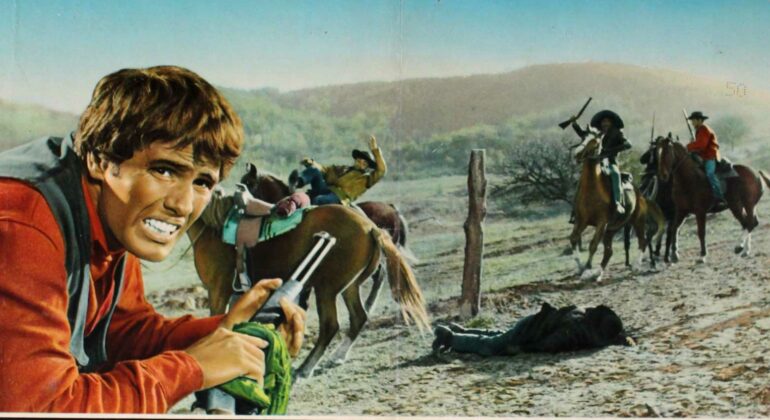
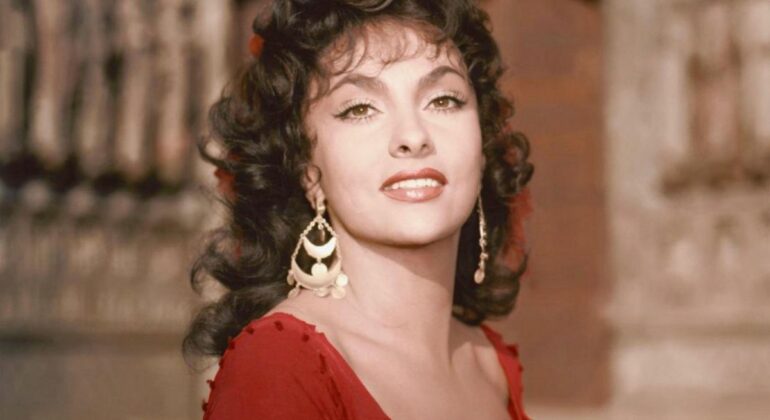

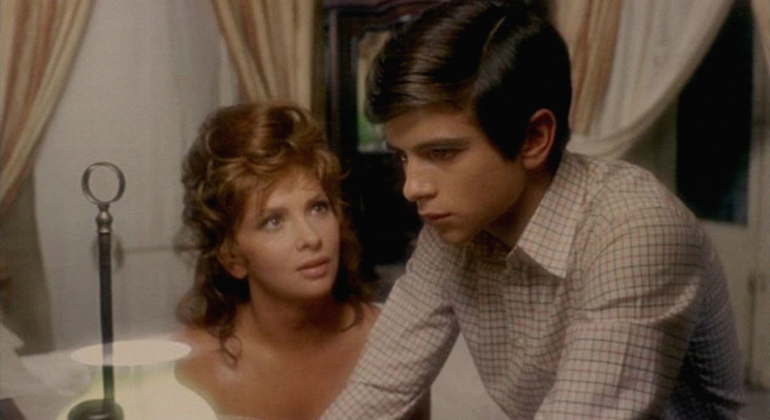

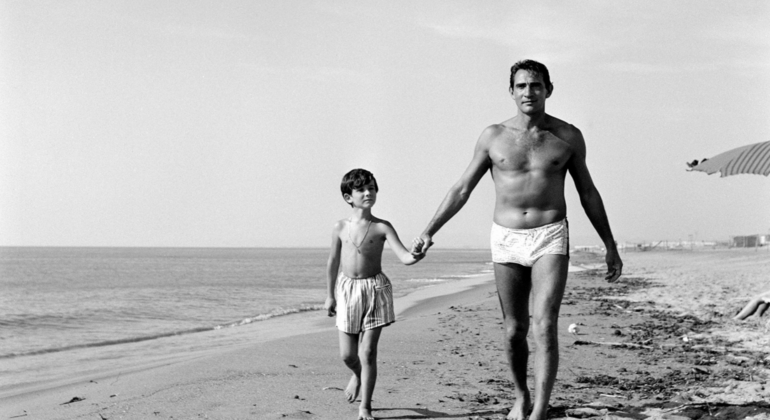
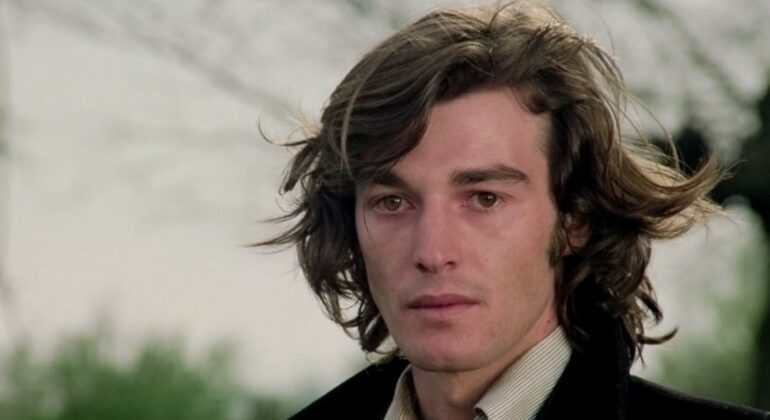
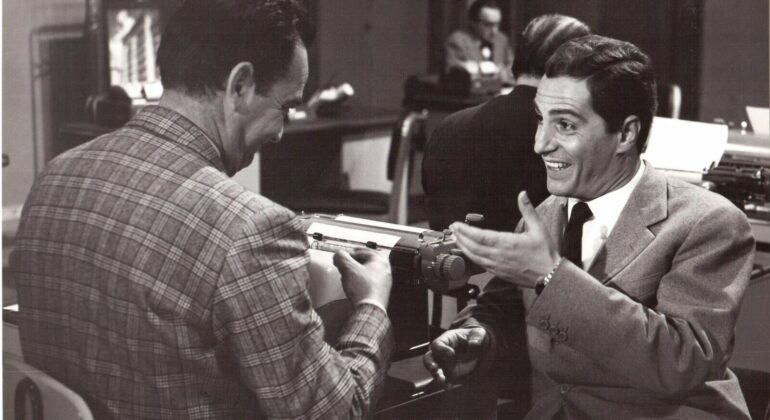




Recent Comments